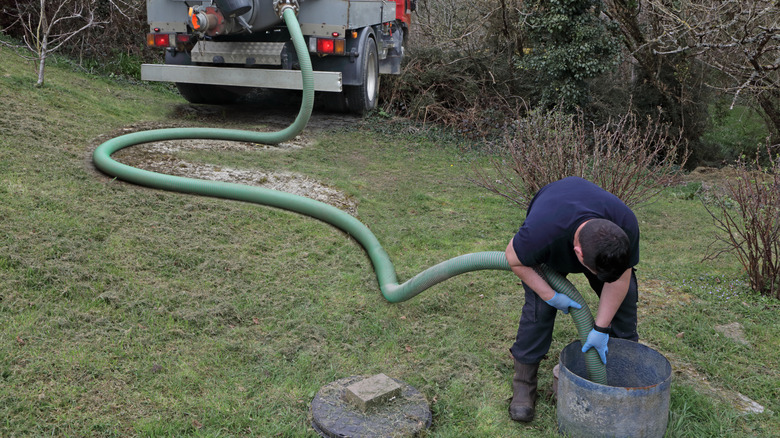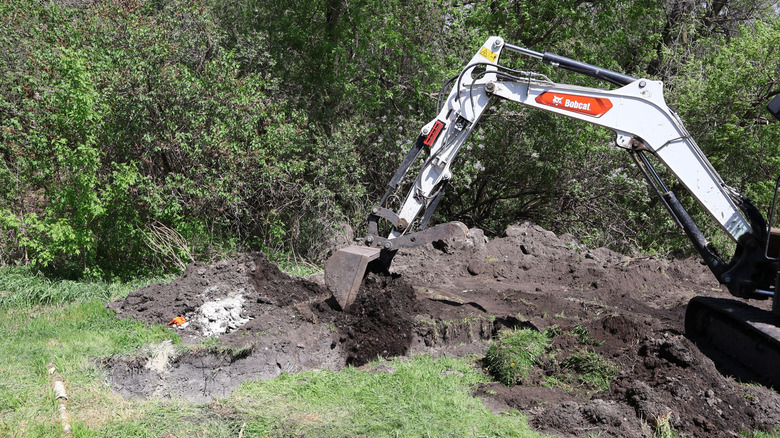The Major Septic Tank Disadvantage That Always Blindsides Homeowners
If you have a house with a septic system, you may understand some of the signs that signal you need your septic tank pumped, but not much else. Misconceptions about septic systems abound, and if you've never owned one before, you might be unaware of some key aspects of using and maintaining one.
Compared to a home connected to a municipal sewer system, one of the most surprising aspects of dealing with a septic tank occurs when clogs and sewage backups happen. You can treat a slow drain connected to a municipal sewer with a drain-cleaning product that you purchase or with all-natural ingredients recommended for clogged drains, like vinegar and baking soda. However, if you have a septic system, slow drains can be an early clue toward significant problems with the system. The clog is likely further from the drain than you think..
Should the slow drain migrate into a sewage backup when you have a septic system, homeowners may be caught off guard by the seriousness of the problem and the major cost of repairs. Plumbers may deploy a snake or auger on a traditional sewer line that's connected to a municipal sewage system when managing sewer backups. However, during backups with a septic tank, the problem could be far more difficult to fix. If the drain field for the septic tank is failing, sewage might back up into the house. You can't fix a failing drain field with a plumbing snake. Instead, you might need to replace the drain field and septic tank, which can cost between $5,000 and $12,000. Drain fields usually only last 20 to 30 years.
How do I know if my drain problem relates to the drain field or a simple clog?
Having to replace the drain field and septic tank is basically a worst-case scenario when you are experiencing a clog or sewage backup with your septic system. If you have a septic system and experience a sewer backup into your home, rather than replacing the tank and drain field, you might need to pump the tank instead. However, if you have a basic clog in a drain line inside the house, you might be able to avoid a septic system replacement by having a plumber inspect the system and remove the clog.
With a simple drain clog, you should notice problems with a slow drain or a backup in just one sink, rather than all of them. If the main line of the septic system is clogged or malfunctioning, then you might notice problems with multiple floor drains backing up or with water backing up in a shower each time you flush the toilet. Even with a septic system, a plumber should be able to clear a problem that's only affecting one drain. If the issue is affecting multiple drains, however, it might be time to call for service from a septic tank specialist.
Be mindful that a full tank can also cause sewage backups, leaving you to wonder: How often should you pump your septic tank? Most homeowners need to pump their tank every three to five years. If you recently pumped the tank and still have sewage backups, the drain field is probably failing, necessitating digging up your yard to install new equipment.

